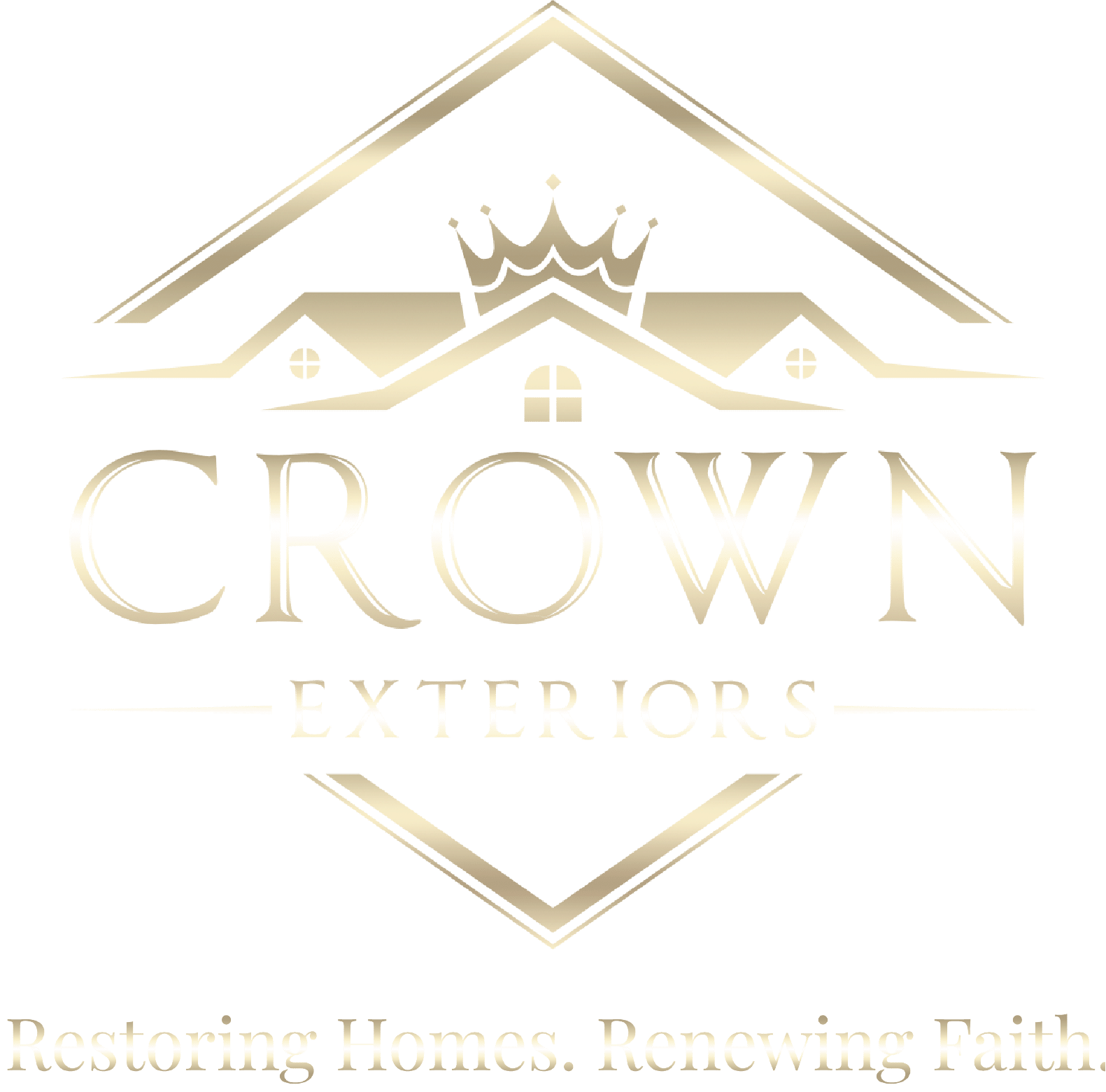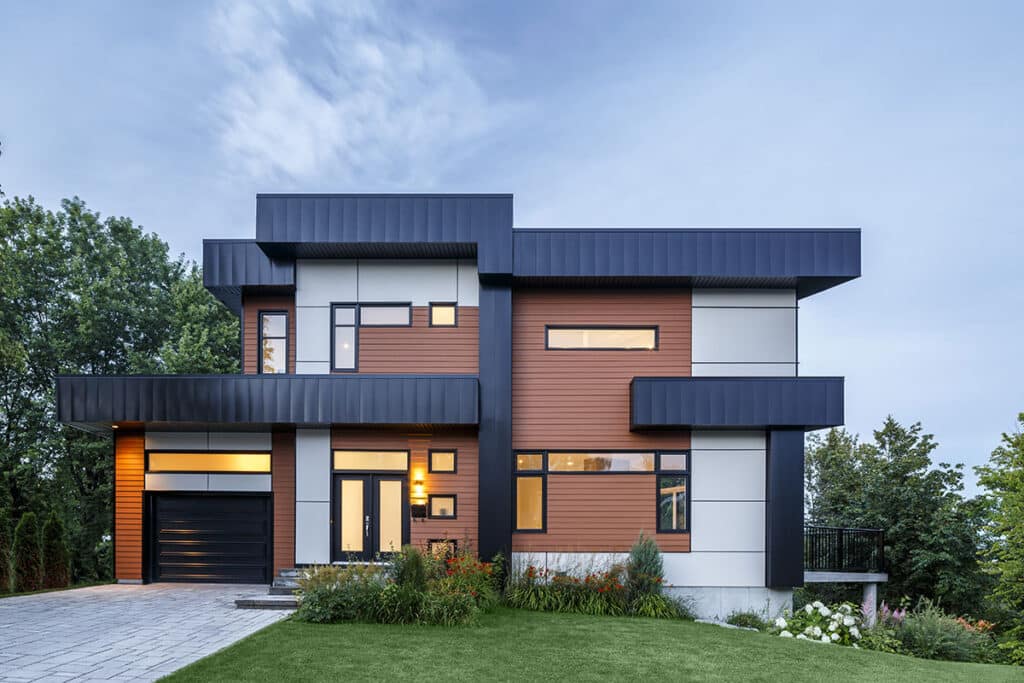Minnesota weather doesn’t mess around. One month it’s dumping snow, the next it’s pounding us with rain, heat, or hail—and your siding has to take every hit. That’s why picking the right siding isn’t just a design choice—it’s about protecting your home or building for the long haul. You need something strong, something smart, and something that lasts.
If you’re looking for real Hardie Board Siding Details, you’re in the right place. From how it’s made to how it holds up, you’ll find everything you need to make the right call for Minnesota’s wild seasons.
Hardie Board Siding Details: Everything You Need to Know
Hardie Board siding is a type of fiber cement siding created by James Hardie Industries. It’s engineered to handle harsh climates, making it ideal for Minnesota homes.
It’s crafted from a sturdy blend of cement, sand, and cellulose fibers. This combo gives it the look of real wood, stucco, or masonry—without the headaches those materials bring (like rotting, cracking, or heavy maintenance).
Popular types of hardie board products:
- HardiePlank® Lap Siding – Classic horizontal siding that suits nearly every home style.
- HardiePanel® Vertical Siding – Perfect for modern or farmhouse vibes.
- HardieShingle® Siding – Mimics cedar shingles for that charming coastal or cottage feel.
- HardieTrim® Boards – Used for corners, windows, doors, and architectural accents.
Standout features:
- Moisture Resistance – No swelling, warping, or rotting.
- Fire-Resistant Exterior Siding – Non-combustible and meets ASTM E136 standards.
- Fade Resistance – ColorPlus® Technology bakes in color for lasting vibrance.
- Engineered for Climate® – Specifically made for Northern regions like ours.
Hardie Board Comparison with Other Siding Materials
Living in Minnesota, your siding goes through more in a year than some homes do in a decade. Between sub-zero winters, blazing hot summers, humidity, hail, wind, and even pests like termites and woodpeckers, your exterior needs to be built like a tank—but still look good.
Cheaper options like vinyl or untreated wood might look nice at first, but they don’t hold up well over time, especially around here. Vinyl can crack or warp with temperature swings. Wood might rot, swell, or attract bugs. And once that happens, you’re looking at repairs, water damage, or even full replacements.
Hardie Board vs Vinyl Siding
Hardie Board gives you a more natural, high-end look than vinyl. It’s thicker, more durable, and doesn’t melt or warp when the temps swing from -20°F to 95°F. Vinyl’s more affordable up front, sure—but it can crack in winter and fade in the sun. If you already have vinyl and it’s starting to show its age, here’s how to know when it’s time for repairs.
Hardie Board also does a better job resisting pests, and it’s more fire-resistant—vinyl melts, plain and simple. Plus, fiber cement holds paint longer and better than vinyl ever could.
Hardie Board vs Wood Siding
Wood looks great… until it starts rotting, cracking, or getting eaten alive by bugs. In a wet climate like Minnesota, untreated wood doesn’t stand a chance without constant upkeep. Hardie Board is a smart alternative because it gives you that wood-look finish, without the rot, fire risk, or insect problems.
Here’s a quick look at how they all stack up:
| Feature | Hardie Board (Fiber Cement) | Vinyl | Wood |
| Material | Cement, sand, cellulose | PVC Plastic | Natural Wood |
| Durability | Excellent | Moderate | Low/Moderate |
| Types/Styles | Lap, panel, shingle | Lap, panel | Clapboard, shakes |
| Fire Resistance | High (non-combustible) | Low | Low |
| Installation | Moderate | Easy | Moderate/Hard |
| Pest Resistance | Excellent | Moderate | Poor |
| Cost | Moderate ($8–$14/sq ft) | Low ($4–$7/sq ft) | High ($10–$15/sq ft) |
| Warranty | Up to 30–50 years | 20–30 years | 10–20 years |
Note: Cost ranges are estimates and can vary by location and installer.
HardiePlank Pros and Cons
If you want a siding material that’s going to stand up to everything Minnesota throws at it—snowstorms, hail, extreme winds, humidity, and temperature swings—Hardie Board is the way to go.
Benefits of Hardie Board Siding
- Weather-Resistant Siding – Handles snow, ice, hail, and 100+ mph winds.
- Siding Durability in Minnesota – Built to last up to 50 years with proper care.
- Fire-Resistant Exterior Siding – Non-combustible and meets ASTM E136 standards.
- Pest Resistant – Bugs and birds can’t chew or nest in it.
- Aesthetic Flexibility – Tons of colors and textures that mimic wood or stucco.
- Low Maintenance – Doesn’t peel, crack, or fade like traditional siding.
- Sustainability – Built to last, so you replace it less and reduce waste.
A Few Drawbacks to Consider
- Higher Upfront Cost – It costs more than vinyl, but you’ll likely save on repairs and replacements down the road.
- Heavier Material – It needs to be professionally installed.
- Can Crack if Improperly Installed – Always go with an expert contractor. Here’s how to choose the best siding for Minnesota.
How to Install James Hardie Siding?
Installing James Hardie siding isn’t your average DIY weekend project. This material is heavier than vinyl and takes specific tools, especially when cutting. If you want it to look great and last, professional installation is the way to go—plain and simple. James Hardie even has its own official installation guidelines for contractors to follow.
Here’s a quick look at what goes into a proper Hardie siding job:
- Inspection & Removal – First, the old siding gets removed, and your home’s exterior is inspected for moisture or structural issues.
- Wall Prep & Moisture Barrier – Before anything goes up, a weather-resistant barrier is applied to keep moisture out.
- Cutting & Spacing – Hardie boards are cut with specialized fiber cement blades, and installers leave precise spacing for expansion and sealing.
- Fastening – Boards are either blind nailed (hidden nails) or face nailed, depending on the look and local codes.
- Caulking & Painting – If your boards aren’t pre-finished with ColorPlus®, painters seal all edges and apply color. Caulking helps prevent water intrusion.
- Flashing & Underlayment – In Minnesota, extra precautions may be required, like additional flashing or specialty underlayments to meet local building codes.
Minnesota building codes often require specific flashing or underlayments for fiber cement siding, so local expertise matters big time.
Fiber Cement Siding Maintenance Tips
Minnesota’s freeze/thaw cycles, snow, and spring rains can take a toll on any home exterior, especially if you don’t keep an eye on it. Fiber cement siding like Hardie Board holds up better than most, but it’s still smart to do a little yearly maintenance to keep things tight and water-free.
Top Maintenance Tips:
- Wash Your Siding – Once or twice a year with a garden hose and a soft brush. This keeps mildew and grime in check.
- Inspect and Re-Caulk Annually – Look at joints, windows, doors, and trim. Reapply caulk where needed to keep water out.
- Touch Up Paint – If you’re not using ColorPlus® technology, plan on touching up chipped or faded paint every few years.
- Clear Gutters and Downspouts – Water splashing against siding is a recipe for problems. Keep the drainage working properly.
- Check for Damage – Corners and lower edges are the first places where cracks can show up. Catch them early.
If you want to extend the life of your siding, professional maintenance checks can go a long way. Pros know exactly what to look for and catch issues before they become expensive.
Crown Exteriors: Your Local Hardie Board Specialists
At Crown Exteriors, we specialize in Hardie Board siding for homes and businesses across Minnesota. Whether you’re building new or upgrading old siding, we’ve got you covered with durable, beautiful solutions made for our wild weather.
- Certified James Hardie experts
- Affordable, energy-efficient siding options
- Custom-fit solutions for your Twin Cities home or business
- In-house design consultations with 3D renderings
- Fast, clean installs with premium craftsmanship
- Always focused on your satisfaction
We’re not just putting siding on your house—we’re helping you protect your biggest investment. Ready to get started? Book a free consultation or give us a call at 651-236-9227.

